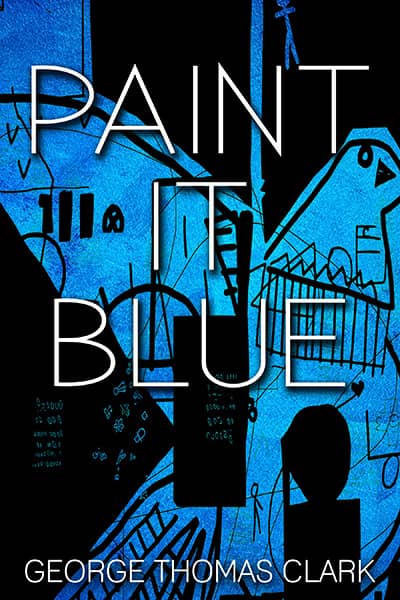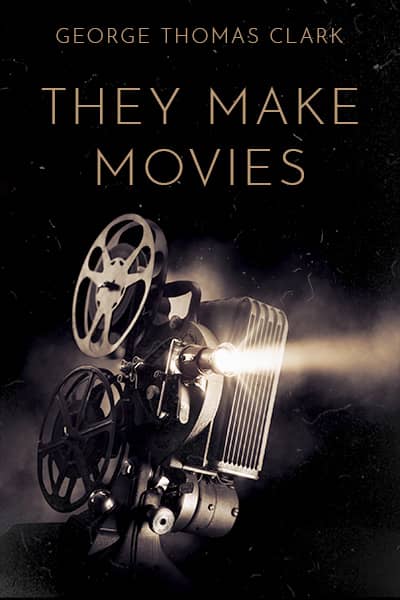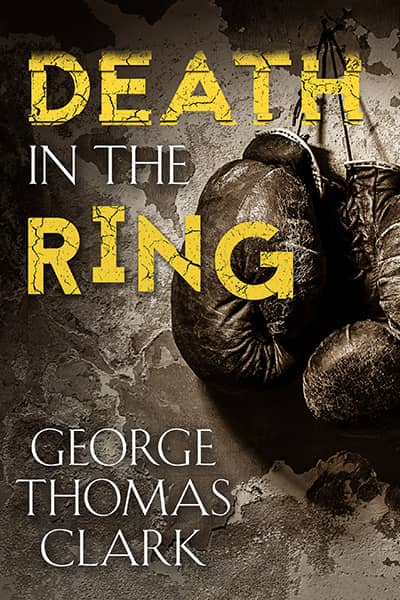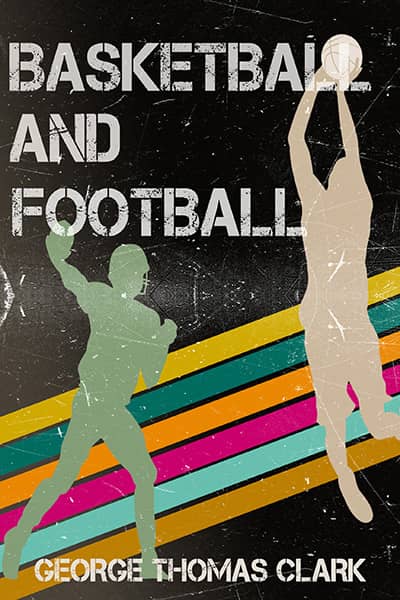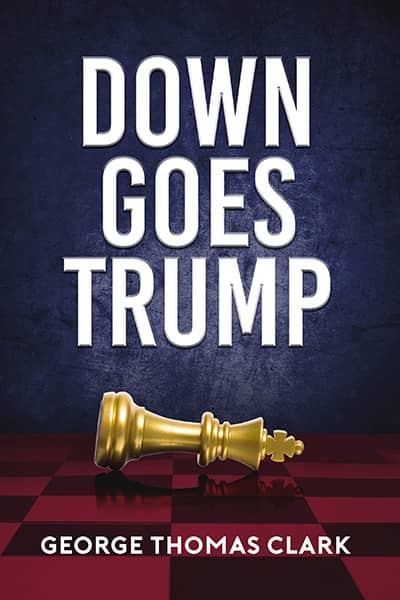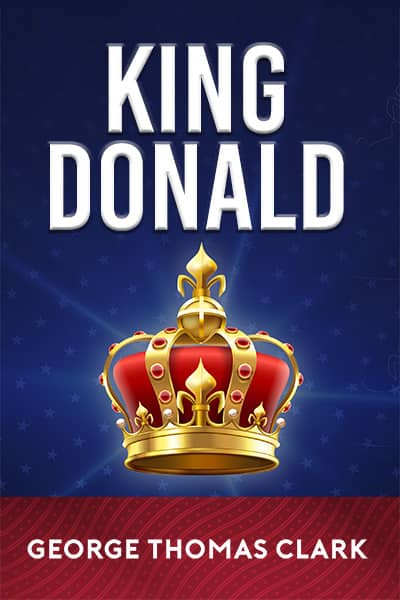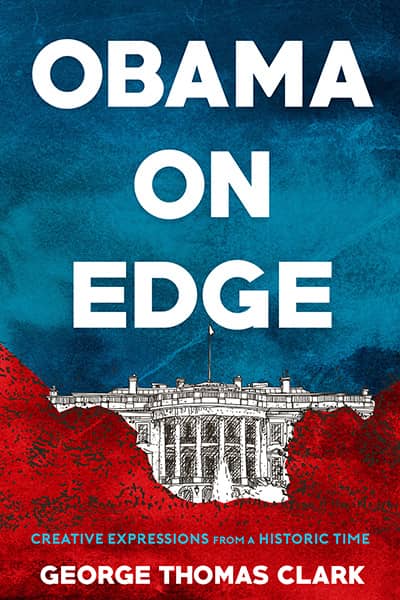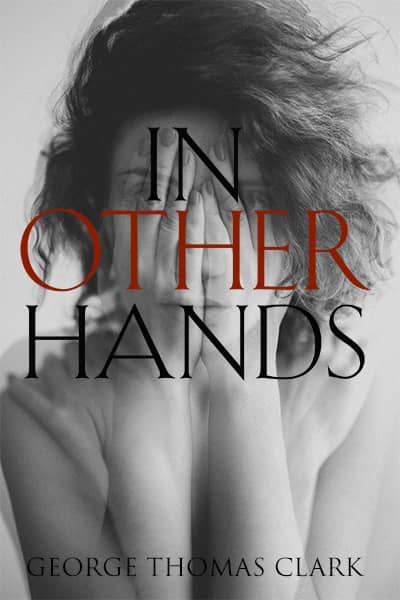Colossal Head and the Mesoamerican Ballgame
November 22, 2010
I know it’s not right by your standards but I don’t care about them or you, so my relentless almond eyes and flat ears, open and acute below the helmet on my Colossal Head 5, carved six-feet high into three tons of basalt, are aimed at viewers in museums who surround me on three sides. Those who say I appear to be a shrewd and brutal ruler are spared. Those who sneer at my flat nose and thick lips, or snipe that I’m merely a crude player in a desperate ceremonial competition, are summarily transported, by confidential means, three thousand years back to the civilization founded and maintained by my well-fed, economically-adroit, and artistic subjects you call Olmec rubber people, in your state of Veracruz, Mexico, and thrust into the middle of my field about fifty yards by fifteen and bordered lengthwise by stone walls for the eight-pound rubber ball to bounce off during what you dub the Mesoamerican ballgame.
The rubber ball always bruises players, usually four to a side, often breaks bones, and sometimes kills people, especially those hit in the face or temple. We have no large scoring hole, mounted vertically high on walls, that later indigenous people use in games that must last many hours before someone knocks their less-punishing ball through. Our ceremonies to please the gods generally end in less than two hours because most of the players can no longer stand. During competition the objective is to use any part of the body but hands to return the ball to the other team’s end of the field. I would not say there are winners in this game since those too injured to someday play again are sacrificed and those who do continue to play will soon become incapacitated and thus decapitated, like so many of the judgmental museum viewers who rather ineptly play the Mesoamerican ballgame.
Sources – Colossal Head 5 at the Los Angeles County Museum of Art; Olmec and Mesoamerican ballgame – Wikipedia.

